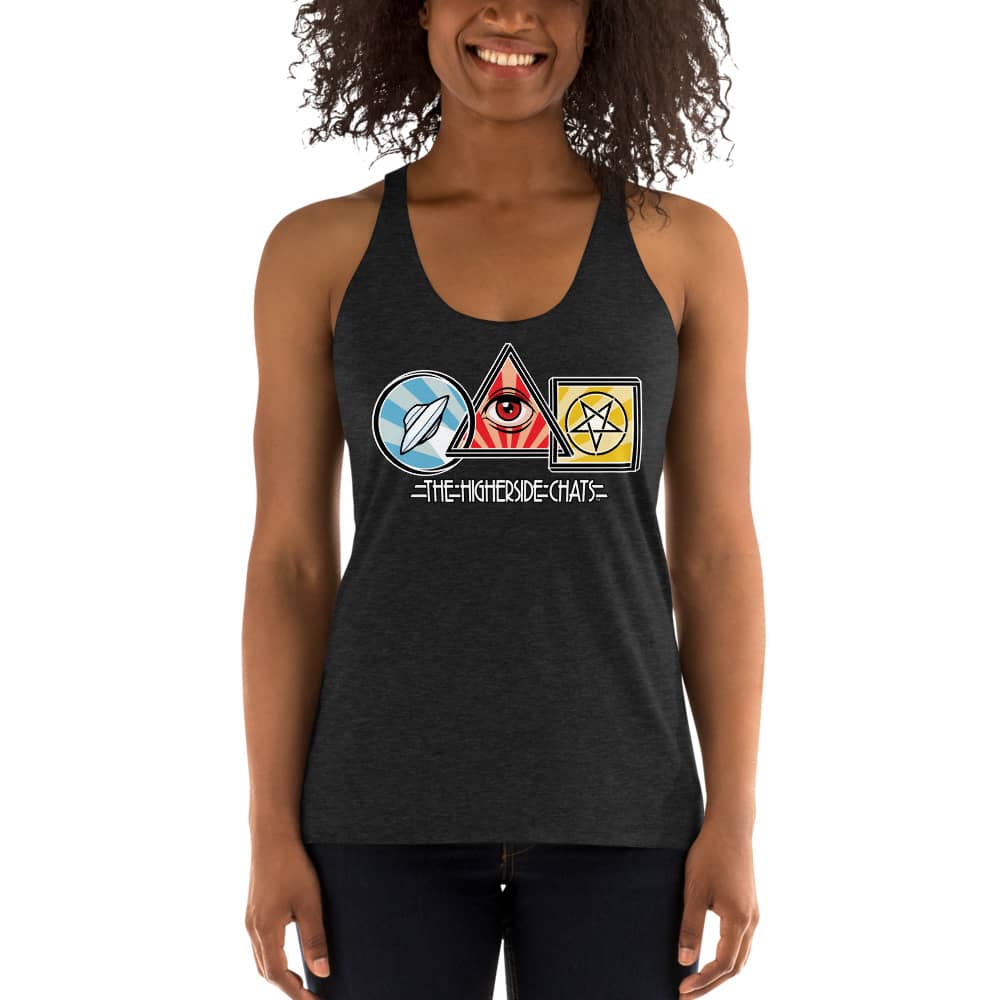Soapmaking 101
Hi fellow THCs,
Today I wanted to share a bit about some personal activities I've been involved with over the past year which involves soap-making.
This whole journey started last year as I looked for ways to repurpose used cooking oil, and it led me to start an exploration into candle and soap-making.
https://www.youtube.com/watch?v=8bKpLWNqAGs
What
Soapmaking is an old craft, and allegedly it was discovered in the roman times.
To make it simple, soap-making involves a combination of oils (and/or fats), salts and water (typically distilled water). The reaction between the salts (lye) and water triggers a chemical reaction known as saponification.
Few notes:
- Oils are liquid and fats are solid (think olive oil vs butter).
- Traditional soap making uses beef or lamb tallow. Nowadays, many people use ingredients such as coconut oil, or shea butter instead.
- Distilled water is preferred as it minerals may react and result in a cloudy soap.
There are typically two types of soaps: solid (bar) and soft soaps (liquid).
The main difference is the type of salt used: sodium hydroxide (NaOH) and potassium hydroxide (KOH) respectively. When these salts are mixed in with water, it's known as lye solution. This being super alkaline requires some caution as lye is highly caustic and reacts strongly on your skin, as well as creates a heat reaction which releases some toxic fumes.
**SAFETY FIRST**
For this reason, it's always good to wear gloves and do this in a well-aerated room (ie open windows, optionally eye-protection). It's best to avoid standing on top of the beaker when mixing your lye so you don't breathe in the fumes. Another important rule is always mix the lye into the water, and not the other way around (here's why)
If this sounds complicated, that's okay. Frankly, I'm still learning and can't tell you much about the nitty-gritty of chemistry either.
Saponification is the chemical reaction by which the oils/fats combine with the lye, and result in a soap with cleansing properties. To put it simply, if your soap hasn't saponified all the way through, some lye will persist in the soap and may cause skin reactions (by wiping all the oils away). Next are the two most common ways of making soap
How
Two main methods for soap making:
1. Cold Process: all processs take place at room temperature. No cooking involved and easy: ingredients are mixed and the batter is poured in a mould. It will take between 4-6 weeks to cure the soap before you can use it.
2. Hot Process: the ingredients are mixed in a heated slow-cooker or pot. Heat typically speeds up processes, including saponification. For this reason, the hot process allows one to make soap that can be used almost right away after cooking. No need for curing as in the cold process.
Each type has its pros-and-cons. From my experience, cold process allows one to make clean, creamy soaps, the kind you'd see in a shop. However, curing takes a long time which can be a tease. I've mostly worked with hot process as my soap is used mostly for general purpose cleaning (as opposed to body and cosmetic soaps).
Additives
These can be anything extra such as: scents (essential oils), colour dyes (natural or artificial) and things like flowers, ash, coffee grounds (an excellent exfoliant), herbs/tea leaves. I personally don't use any, but it's definitely fun. Adding biochar makes a grey soap bar that, I'm guessing, has excellent detoxifying properties.
Process
So now what? The most important part is to figure out the correct amount of each ingredients. Soapmaking requires attention to details, especially when it comes to amounts and ratios. A bit too much lye, or a little less water will result in a harsh soap with low pH (caustic) dangerous to use. This is why recipes often include superfat percentage. This is basically a little extra oil to act as a safety buffer for the lye, typically around 3-5% of oil volume.
Calculations are actually really easy, thanks largely to websites such as soapcalc.net or soapmakingfriend.com. These sites allow you to simply enter the type of salt (NaOH or KOH), type/amount of oils used, desired salt-to-water ratio (aka lye concentration), and then automatically calculate the amounts/ratios required. This way, all the guess-work is taken away. I can explain this section in a bit more detail later on.
Circular Ideas:
There are more than a few ways to actually make soap using circular materials. For example, distilled water can be obtained easily by collecting rainwater.
Wood ash can actually be used as potassium for the lye. You can also add herbs, used coffee grounds and charcoal.
The oil I use in my lab comes from filtered/recycled cooking oil (which is why I don't do cosmetic soaps, but focus on general purpose cleaning )
Recommended Resources
For those who are new, I highly recommend going through these resources before starting. They have helped me tremendously (and still do!) in my soapmaking journey. Video tutorials are hard to beat. There's also detailed explanations for safety precautions, different soap recipes.
- Elly's Everyday Soapmaking: This is my go-to #1 channel on soapmaking. She's plain awesome.
Castille Soap recipe (cold process):
https://www.youtube.com/watch?v=MzDZts9hjKw
Liquid soap recipe I've used (hot process)
https://www.youtube.com/watch?v=_WPIMsLk1P8
Ingredients for soapmaking can typically be ordered online or at any chemical supply stores. There may be regulations in your area about use of sodium hydroxide, but it's generally easy to acquire them in small-to-medium quantities.
Summary
This is just a tip of the iceberg presentation on soap-making, and I highly recommend anyone interested to check the resources first. Also remember to keep safety precautions when handling lye. Except for these, I think it's a highly rewarding and alchemical practice that has many applications.
If you have questions or comments post them below, there's a lot of info I omitted here also.
Take care y'all 🙂
Thanks!
You can make GHB https://en.wikipedia.org/wiki/Gamma-Hydroxybutyric_acid using the lye chemicals sodium hydroxide (NaOH) and potassium hydroxide (KOH)
but you have to use distilled water and another hard to get chemical https://saberblog.com/2003/10/24/how-to-make-ghb/
- 44 Forums
- 3,666 Topics
- 16.3 K Posts
- 0 Online
- 23.4 K Members






